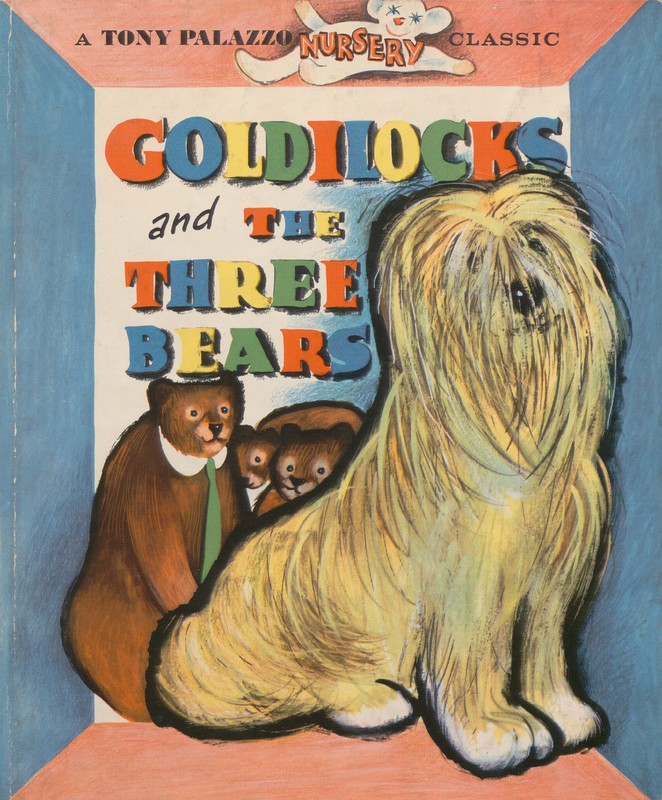History and Background
Modern conceptions of childhood have always hinged on the link between the child and the animal, and the genre of children’s literature has included animal figures from its 18th-century beginnings. In “Some Thoughts Concerning Education” (1693), widely considered the first work to encourage the production of literature that addresses children’s interests, philosopher John Locke argues that animal tales best serve this purpose. Locke views Aesop’s Fables as the perfect model for a children’s literature that provides “education with delight.” Animals in Aesop, like the hubristic hare (“The Tortoise and the Hare”) and the arrogant lion (“The Lion and the Mouse”) are allegorical figures for human qualities, serving as moral guides for the reader. Locke’s treatise promotes a shift away from a disciplinarian model of child rearing towards an emphasis on educating the rational mind; he argues that the child’s reasoning abilities can be shaped through engagements with literature. As children’s literature took shape in the 18th century, writers such as Isaac Watts followed Locke’s principles, emulating Aesop by presenting animal characters as guides for the child’s behavior. For example, Watts’ “Against Idleness and Mischief” famously sets forth the “busy bee” as a model of virtuous “industry.”
However, in the late 18th century, with the rise of the Romantic movement, new meanings became attached to animal figures in children’s literature. Children’s literature came to be linked to folklore and the world of the imagination. Romantic thinkers simultaneously celebrated folk culture and associated it with childhood. During this period, collectors and editors of oral tales started a trend of publishing volumes of folktales recast as literature for children. Examples in this exhibition include the Grimm brothers in Germany (“The Bremen Town Musicians”) and Peter Christen Asbjørnsen and Jørgen Moe in Norway (“East of the Sun and West of the Moon”). Other writers crafted entirely new works for children using tropes familiar from folklore; these include Hans Christian Andersen (“The Ugly Duckling”) and Robert Southey (“Goldilocks and The Three Bears”). These stories tend to involve anthropomorphic animal characters. Tales from oral traditions as well as new compositions in a folkloric mode, particularly those including animals, quickly achieved the status of “classics” of children’s literature. They have continued to be recast and republished for child audiences until the present day.
--Lisa Makman, Department of English Language and Literature

Goldilocks and the Three Bears
